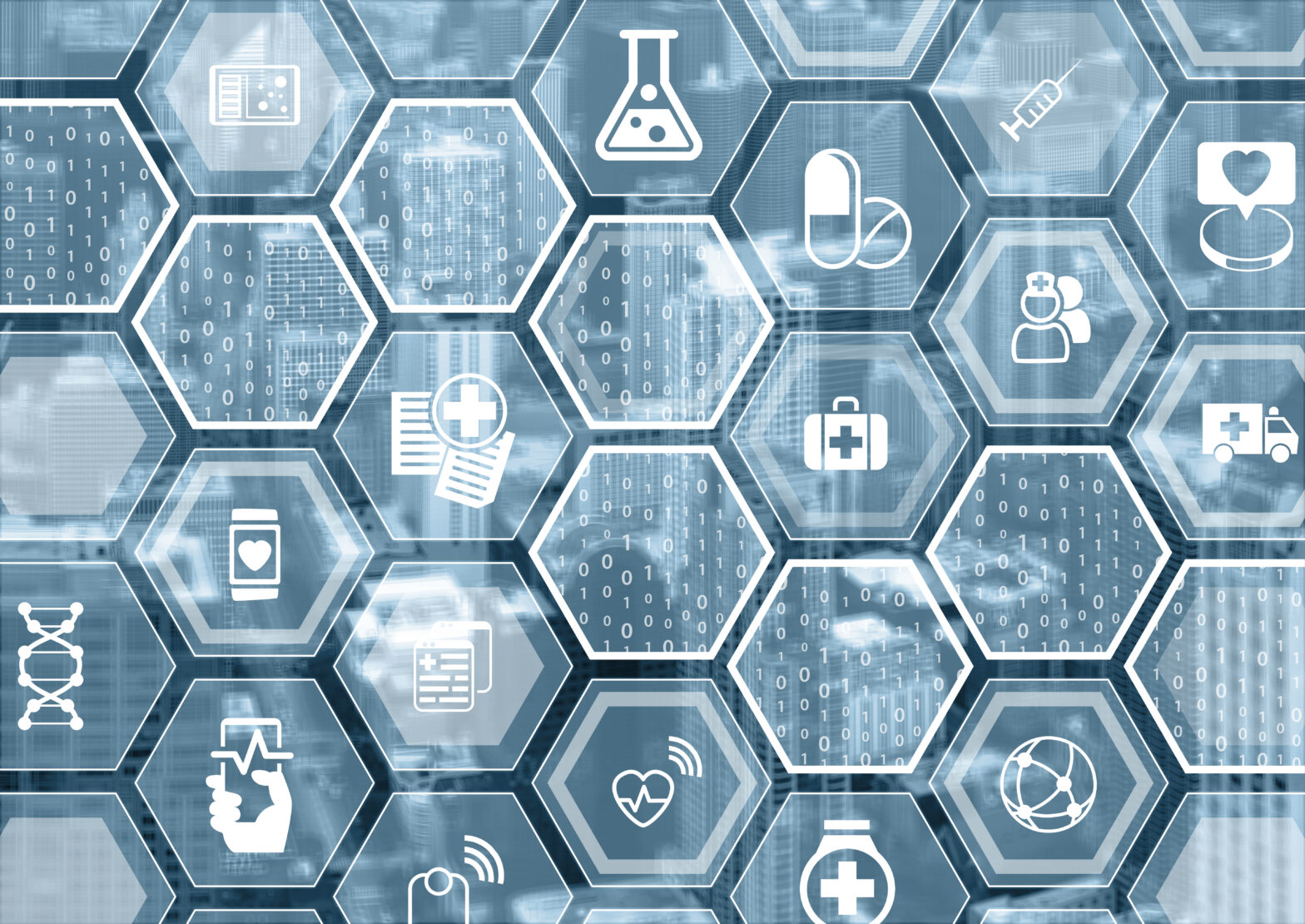The patient care experience has extended well beyond the four walls of the doctor’s office — there are unprecedented opportunities to deliver personalised medicine, anytime, anywhere. The connected health market has seen explosive growth in recent years with no signs of slowing down, as Internet of Medical Things (IoMT) devices are expected to grow to 20 to 30 billion by 2020. This connected health ecosystem of IoMT devices, when paired with the seamless integration of supporting online tools, is ushering in a new era of smarter patient care.
However, connected health still faces significant hurdles, as the sheer number of connected devices is creating complexity that can be a challenge for even the savviest consumers. The true potential of connected health will largely be dependent upon the way in which these sophisticated products are effectively woven into integrated service models.
Disrupting healthcare with a customer-focused approach
Connected health is creating opportunities for both new and established players to impact health. Non-traditional healthcare players who have a strong grasp on the consumer experience are entering the market and shaking up the status quo with rapid speed and vigor.
Collaborative deals with massive retail brands, such as CVS’ $69 billion deal with Aetna, could reshape the healthcare landscape by driving healthcare closer to the consumer. Other big consumer players are identifying ways to blend retail and healthcare experiences, such as the Walgreens-UnitedHealth pilot project, which brings urgent care centers closer to pharmacies.
>See also: How technology is transforming home healthcare
As providing excellent patient care becomes more analogous with delivering a high-quality customer care experience, proper integration between collaborating organisations and their affiliated services and tools becomes all-the-more important. When properly implemented, cross-organisational integrated service models can help improve patient efficacy, lower healthcare costs, and improve overall quality of life for millions of patients.
How can healthcare providers and medical device makers better prepare for this transformation? Overcoming these roadblocks boils down to the success of the integrated ecosystem’s core: device and consumer support.
Device setup and onboarding
Nearly two-thirds of healthcare consumers in the US want their digital experience to mirror a retail experience. To realise the true potential of the connected health market, healthcare organisations, technology partners and supporting customer service teams must understand how new technologies are intended to transform patient care experience. Each connected device within the home serves a different purpose, from online platforms that enable remote telehealth visits to biometric monitoring sensors that track heart rates and blood pressure.
This anticipated, seamless device functionality is born from proper consumer and device onboarding. A successful setup is crucial to ensure each device works properly and coexists with others within the home.
Onboarding the user and the device is the first, and potentially most important, step in eliminating frustration and educating consumers on the increasingly complex IoT ecosystem, and how each device fits into the puzzle.
>See also: How can mobile technology improve the future of healthcare?
For instance, a complex setup and onboarding process is needed for sensor-based technologies that support pregnancy monitoring to be fully integrated within a connected home environment.
Passive sensors must seamlessly sync with proprietary analytics to collect important pregnancy data points on the mother and developing fetus. This valuable data must then be properly routed to doctors.
Effective consumer support teams understand the role that sensors and other monitoring tools can play in the continuum of care, as well as the environments and ecosystems within which these tools and supporting platforms operate. They understand how systems integrate with existing services, whether that be in medical facilities, in the home, off-site, or in other remote locations. They also have a strong understanding of what is needed to support these newly established levels of care and the types of scenarios within which they will operate.
Healthcare, anytime and anywhere
Intended to serve as a bridge between patients and providers, IoMT devices and supporting solutions should reduce complexity and make services – in this case, healthcare services – more accessible to consumers. Virtual home assistants, for example can provide daily assistance to older patients to remind them about medications as well as medical advice from care providers. They can also be paired with other connected devices such as biometric monitoring tools to deliver results directly to physicians.
As virtual home assistants work in tandem with other healthcare devices and become more intelligent, they will serve as an increasingly necessary bridge to help drive patient-provider connectivity. This makes functionality and interoperability across these devices more important, as a malfunctioning device could result in the transference of incorrect patient data, or even failure to call a healthcare provider in an emergency.
>See also: AI: from hype to reality in healthcare
When marching toward a truly optimised connected health ecosystem, it is of paramount importance that troubleshooting is done correctly after tools and devices have been set up and onboarded.
As these systems house diverse and sensitive data, they must be consistently and properly updated alongside other connected devices to ensure they are functioning as intended, especially with growing compliance concerns on the line.
Product and customer teams are the main drivers determining consumer’s ease of use when it comes to repair/returns of IoMT devices. The return and device repair process for a malfunctioning IoMT device must be treated differently than that of a typical consumer electronic device. As the IoMT market increases, critical improvements to the product repair cycle must be made because ultimately, the health and safety of the consumer might depend on a timely return.
A fully integrated system – bringing people and products together
People live in a world where the internet is considered a utility and opens the door to untapped opportunities for service delivery models. For instance, pharmacies and hospitals are working hard to lower all-time high readmission rates, and one course of action is determining strategies to ensure patients take their medication to completion.
Healthcare organisations can use the connected device to monitor at-risk patients, set up medication reminders and create personalised telehealth services to better support patients.
However, as the lines are blurred between products and services, the final piece to the puzzle driving the success of healthcare-specific, household connected devices is the integration of customer and device support. As complexity and demand increase, consumers will depend upon highly informed and equipped support teams to derive value from their connected healthcare devices.
>See also: Next-generation technology to relieve the pain of hospital bed shortage
All in all, true connected health is near on the horizon and eagerly anticipated to drive medical advancements as well as enable better at-home care and enduring wellness. IoMT innovations are a key piece in enabling collaboration between patients and providers and placing healthcare in the hands of the consumer.
Ensuring a complete smart home of connected healthcare and other devices speak to each other and deliver the anticipated promise of greater efficiency and, in many cases independence, will rest solidly on how well device manufacturers, service providers, and retailers, support their products and services and the consumers interacting with them.
Sourced by Autumn Braswell, COO of Enterprise Solutions at iQor










